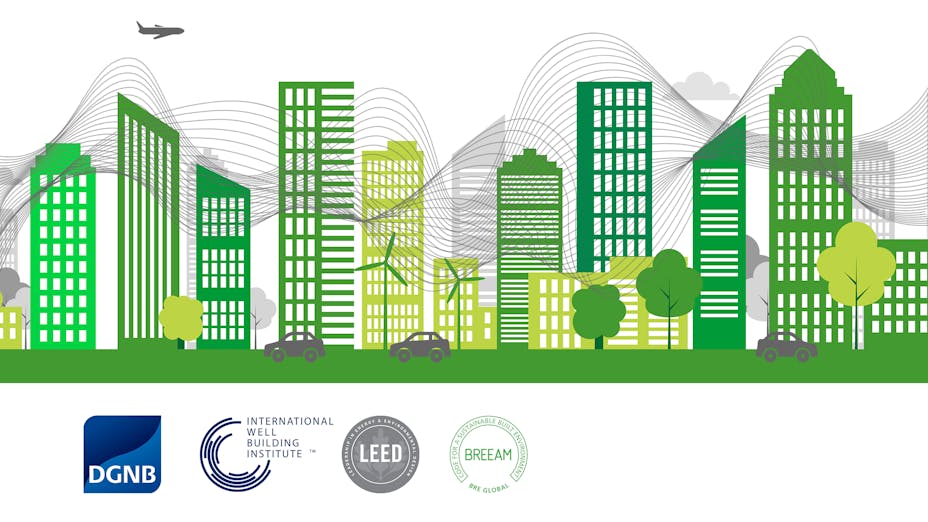Room acoustics requirements
Pascal van Dort presented an analysis of the specific room acoustic requirements for open offices, that is the biggest building segment for green building schemes. The analysis compares the quantitative requirements such as reverberation time and absorption area in four schemes (DGNB, WELL, BREEAM and LEED) to eight national building regulations in Europe. These in-depth comparisons are not common as most building regulations only exist in their national languages.
Hmm, is noise pollution the next big public-health crisis?
Building certification schemes have expanded to include both the environmental impact of the construction and operation of the building as well as the building's influence on the occupants. Drawing attention to the indoor environmental quality thus the well-being of the occupants means evaluating a building's impact on all five human senses. Hearing, acoustics can easily be overlooked but distracting sound can affect our bodies in more ways than we may realize.
Everywhere in the world, there is sound and unfortunately, also noise.
A survey among citizens in the EU showed that 80% of respondents believed that noise affects their health either to some or to a great extent[1].
In 1905, the Nobel Prize-winning bacteriologist Robert Koch wrote:
“The day will come when man will have to fight noise as inexorably as cholera and the plague.”
Now, 115 years later, noise exposure is the new secondhand smoke[2][3].
We all know how secondhand smoke from tobacco affects our health. It causes cancer, heart disease, and cardiovascular effects[4]. And exposure to unwanted noise can cause hearing loss[5], tinnitus[6], hyperacusis[7], cardiovascular disease[8]but also; stress, anxiety, insomnia, high blood pressure and increased heart rate[9]. For all these reasons it is important to be aware of the noise impact and take safety measures for a proper sound reduction.






